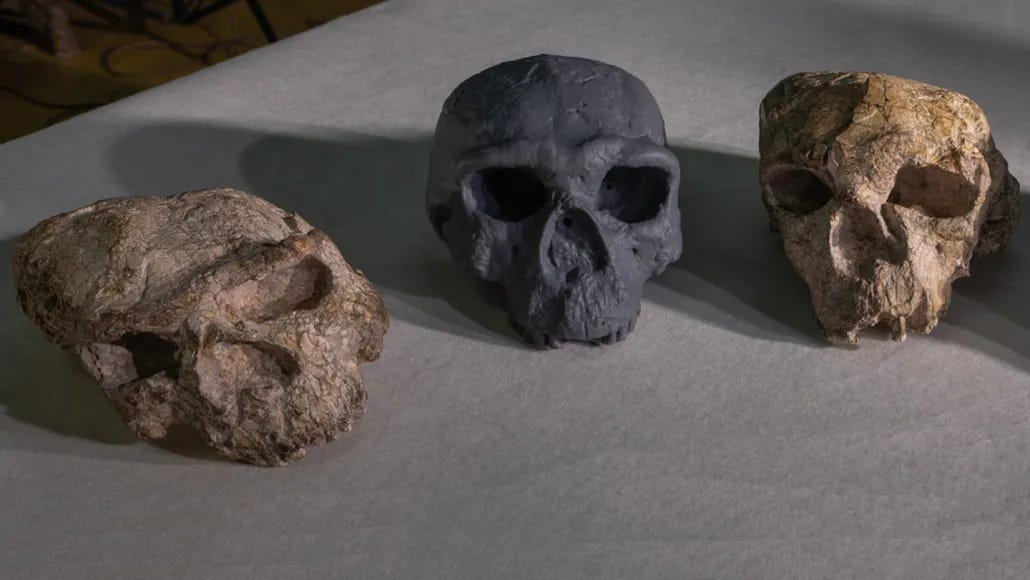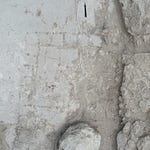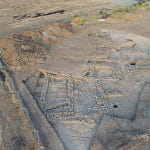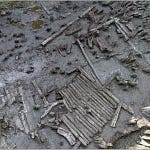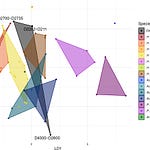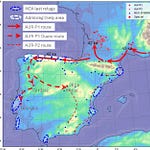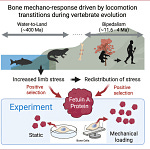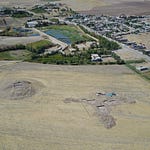In the humid hills of Hubei Province, on a terrace above the Han River, a fossil skull has been quietly redefining how scientists think about our genus. Known as Yunxian 2, the nearly one-million-year-old cranium has long been an enigma: too old and too unusual to fit comfortably into neat species categories. Now, after a meticulous digital reconstruction, researchers argue1 it preserves a glimpse of the common ancestry behind Homo sapiens, Homo longi and the Denisovans.
“Yunxian sits at a pivotal point in the human family tree, bridging traits of earlier Homo erectus and later humans in Asia,” said Chris Stringer of the Natural History Museum in London.
